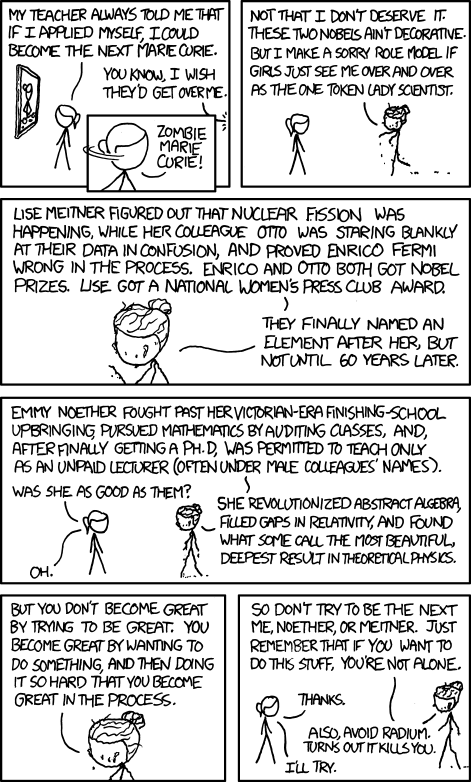Efforts to control guinea worm are notable for several reasons. First, guinea worm eradication is not vaccine based. Most of other diseases that have been targeted for eradication (and that can actually be eradicated) have resulted in extensive immunization programs --- smallpox, measles, & polio. In contrast, there is no vaccination for guinea worm. Instead, eradication efforts have focused on breaking the cycle of infection.
One becomes infected by drinking water that contains water fleas infected with guinea worm larvae. Once the fleas are ingested, the worms mature and mate in the human body. After mating, the male worm dies and the female worm makes its way down the patient's leg and forms blisters on foot. When the blister ruptures, the end of the worm emerges. If worm comes in contact with water, it releases eggs into the water, where they infect water fleas and the cycle begins again.
Because humans are the only known host for the post-larval stages of guinea worm --- unlike malaria --- preventing humans from ingesting infected water fleas has been the primary focus of eradication efforts. This has included the distribution of drinking straws with a small filter, as well as the distribution of filteration systems and community education on how to properly filter water.
In addition, programs have also been developed to "treat" patients with guinea worm infections. Although the filtration systems are the primary tool, it is also necessary to prevent the release of additional guinea worm eggs into the water supply. Thus, it is necessary to provide care to patients that will prevent them from entering the water. I use quotation marks around "treat" here because there is no treatment for guinea worm in the western meaning of the word. Treatment involves pulling the exposed worm out of the patients foot or leg little by little and wrapping the end around a stick between "pullings". Although this treatment does little to ease the immediate pain of the patient, it has proven an effective intervention for preventing re-contamination of water supplies.
Efforts to control guinea worm are also notable because of how the efforts have been coordinated. Because only one disease has been eradicated, we only have one model for how international cooperation for eradication is developed and completes its mission. In the case of smallpox, the global eradication effort began with the World Health Organization. Initially, the WHO's role was to mobilize around the goal, but coordination efforts were left to individual countries. When this approach seemed to be failing, the WHO (backed by the US and Russia) took a greater leadership role. The Smallpox Eradication Fund and the Smallpox Eradication Unit were created in the WHO, leading to a more centralized approach. Attempts to replicate the smallpox model have had mixed results, as seen in the cases of polio and measles.
In contrast, the guinea worm eradication effort began in 1980 as an initiative of the US Center for Disease Control and Prevention (CDC) and was later adopted as a goal of the United Nations International Drinking Water Supply and Sanitation Decade. Despite the international recognition of the goal, the Carter Center --- a non-profit organization founded by former US President Jimmy Carter --- has played a key role in eradication efforts. The Carter Center works with ministries of health in endemic countries and assists with program development and implementation. In addition, the Carter Center is also one of the few implementing agents for aid from donor countries and international organizations alike.
It will be interesting to see what lessons the policy practitioners will take from this case when guinea worm is finally eradicated. I suspect, some will call for a greater role for non-governmental organizations. In contrast, I would argue that this case is an excellent example of why we must understand not only the biology of a disease, but the social, economic, and political dimensions as well.
A non-profit has been successful in this case in part due to the small number of non-profits addressing guinea worm. Eradication requires coordination and some minimal degree of centralization. The Carter Center has proven to be a strong coordinating agent, but its effectiveness could be threatened if there were many non-profits with no clear coordination --- consider HIV/AIDS.
In addition, there is little disagreement about how to effectively combat guinea worm --- break the cycle of infection through filtration and "treatment". Other infectious diseases do not share this concensus, often to their detriment. From anti-vaccination movements to treatment vs. prevention debates, it is well observed that when disease control strategies are politicized, disease control is compromised. There are, no doubt, many lessons to be learned from the success of guinea worm eradication efforts. However, without considering the case as a whole --- biology, public health, social, economic and political --- we may be in danger of drawing incorrect conclusions.
In the meantime, I look forward to celebrating another global public health victory in the (hopefully) not too distant future.
For those who are unfamiliar with guinea worm, here is a short video from the Carter Center --- but be warned, it does show the extraction procedure.

 RSS Feed
RSS Feed